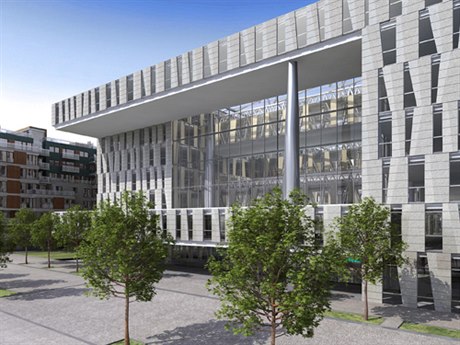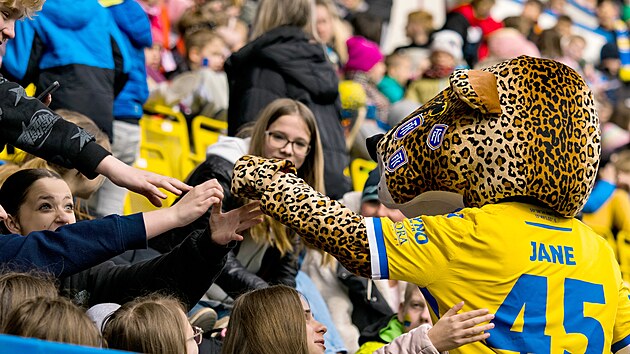Property consultants Cushman & Wakefield released its International Investment Atlas 2011 on the second day of the MIPIM real estate fair in Cannes with the news that recovery of the investment market is proceeding apace, with global investment expected to reach €485 billion this year. Central Europe is due to be led by 200 percent growth on the Czech and Slovak markets.
‘International investors will have a much larger share of the market in Czech Republic in 2011.’
“In the Central European region, pricing will see a similar increase to that seen in Western Europe during 2010 with yields expected to fall by approximately 50 basis points during the year,” said James Chapman, head of Capital Markets at Cushman & Wakefield Czech and Slovakia, in a press release.
Investment yields already began falling in 2010 in most areas due to rising demand and limited supply, with the average drop being 21 basis points. A further 30 basis point decrease is the expected average for 2011.
Central Europe was also above average on the investment totals for the region of Europe, the Middle East and Africa (EMEA), with a 60 percent increase in 2010 compared to a regional average of 50 percent. Sovereign debt worries caused a slowdown in investment last summer, after which the pace of investment picked up again.
While demand was initially focused on Europe’s most liquid markets – the UK, Germany, France and Sweden – falling yields have caused investors to look elsewhere for opportunities.
“International investors will have a much larger share of the market in Czech Republic in 2011. Volume and size of deals will increase significantly as we return to a more functional and liquid market,” said Chapman.
The good kind of occupation
The report makes clear that the key to market recovery will be occupier demand, which began rising globally in 2010 and led to a rise in rents of 2 percent. The market has also seen a growing divide between prime and secondary property, with the new category of “ultra-prime” having come into being due to investors’ strong focus on finding the top quality properties on a market.
“In Central Europe, the investor demand is still very much focussed on the prime assets where leasing activity has remained strong throughout the crisis. However, the definition of prime is expected to become focussed on location and ability to re-lease at any time in the future rather than over-reliance on existing lease length,” Chapman said.




